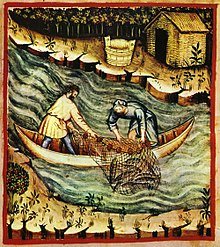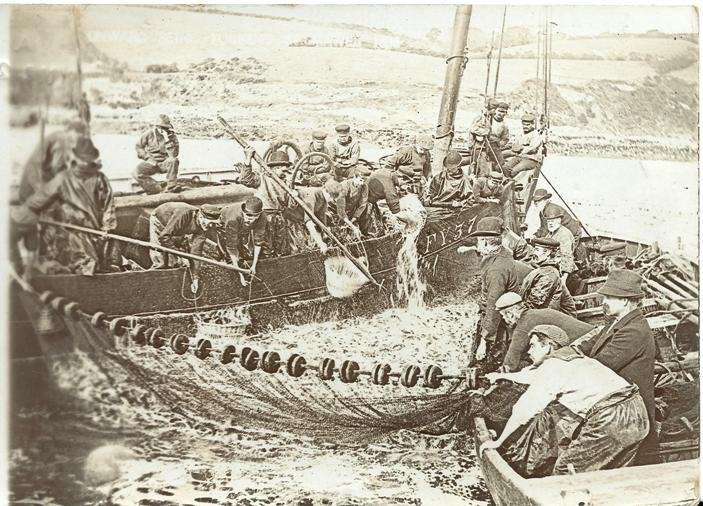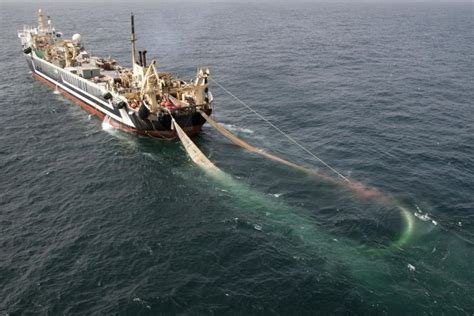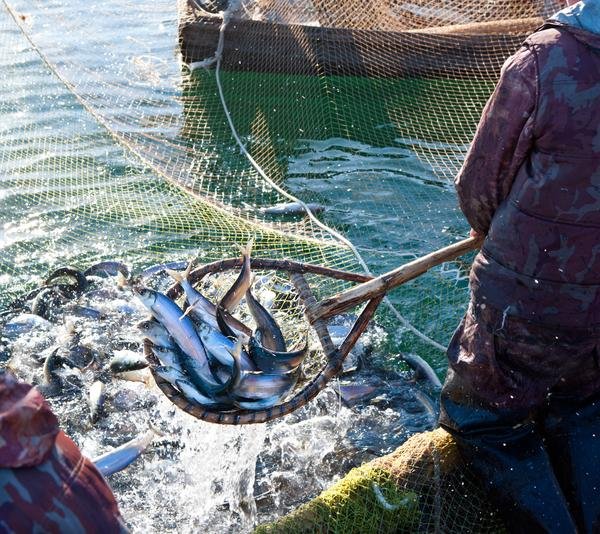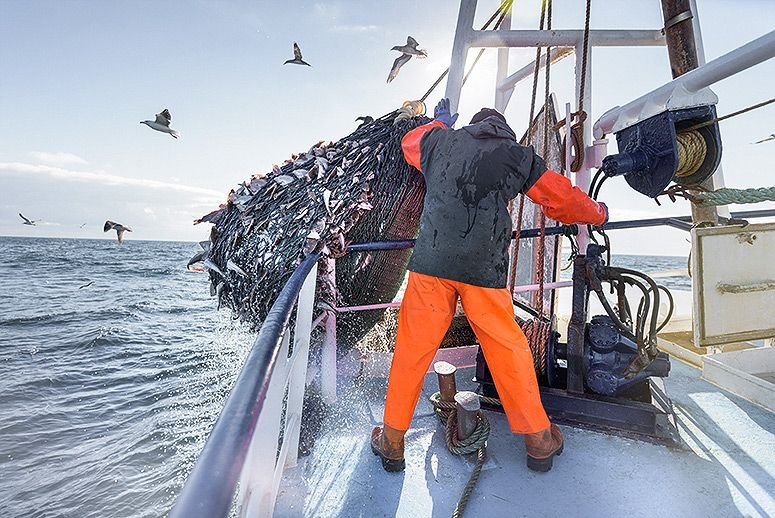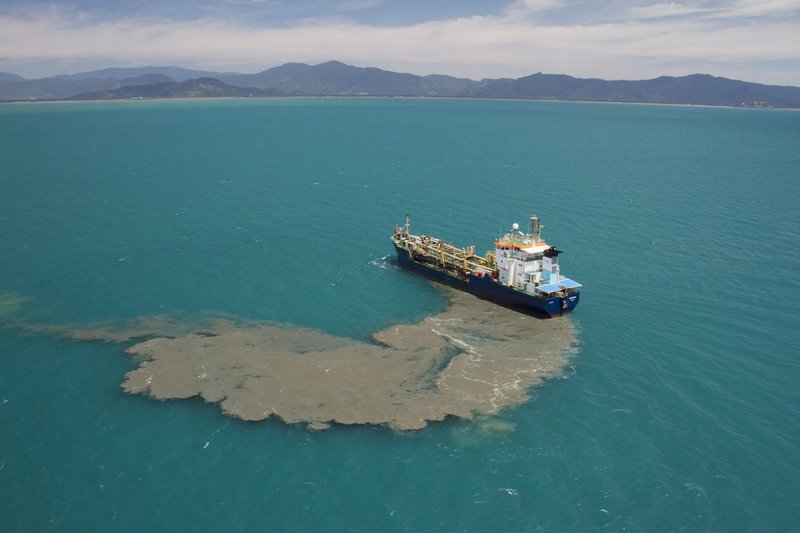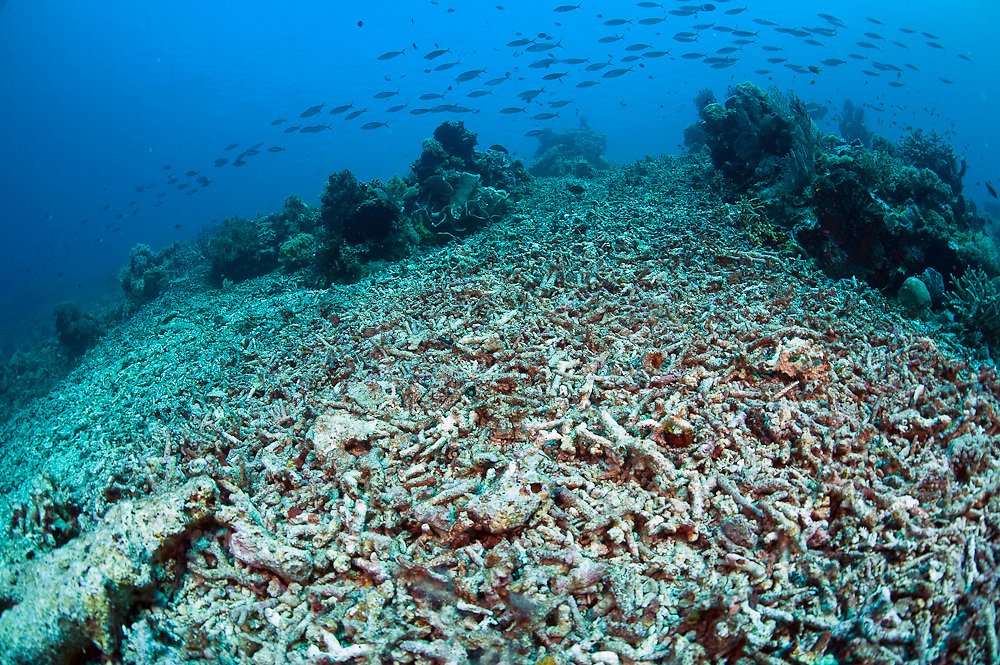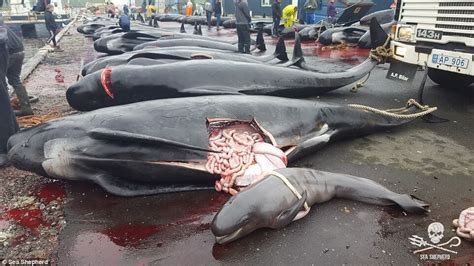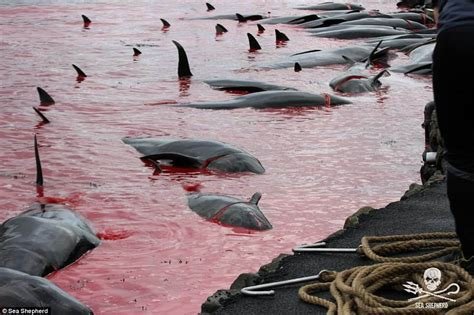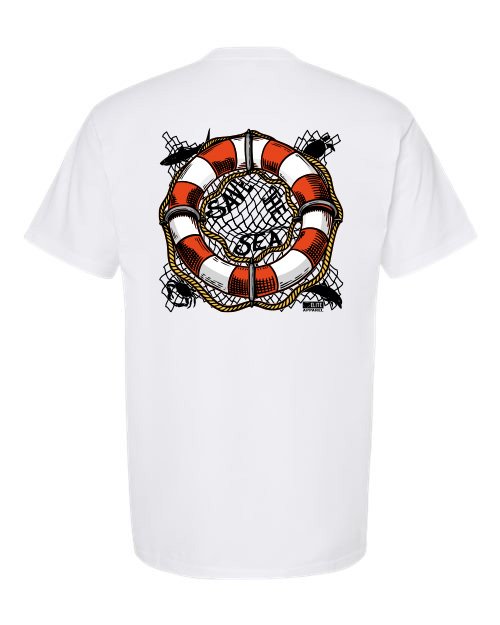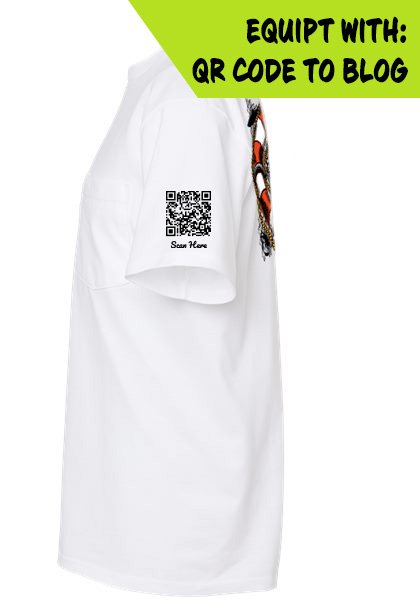Commercial Fishing
A Brief Background
The Earth’s surface consists of 71% water and 29% land. Out of the 71%, nearly 97% consists of salt water, which envelope the vast oceans and captivating seas. What’s left is quite daunting. Out of the leftover 3%; a vast majority involves glaciers, permafrost, and groundwater. Then, as a smidge of the 3%, there lies the surface water (lakes, rivers, ponds and streams).
The amount of water on the Earth’s surface is estimated to be about 333 million cubic miles according to the USGS! That’s an inconceivable number, right? Scientists estimate that there were roughly 3.5 trillion fish living in the waters of Earth in 2020. So, if we distributed all the fish across the world’s waters, you’d get one measly fish for every 95,000 cubic miles. Yeah, most of the water on Earth is barren. And for good reason. Many species of aquatic life need oxygen just like us to breathe and sunlight for different biological processes. Fish also need shelter from predators (coral reefs, kelp & seaweed), and a source of feed for survival. So, for the vast majority of sea creatures, their inhabitants are in ‘shallow’ waters, rather than the depths of the barren oceans/seas.
But why does this matter if we are discussing commercial fishing? Well now that we have a context of scale and where fish reside, let’s start with the origins of fishing and define commercial fishing. Fishing has been in our humanoid lineage for tens of thousands of years, dating back as far as 40,000 years ago in the upper Paleolithic period (quite possibly older).
You could imagine that as time progressed, we began to develop better tactics that maximized our output of fish per ‘worker’-hour. One way of doing this is netting rather than using a pole and line, or a spear. Casting nets have been an effective way to catch fish to eat, fish for bait to catch other fish, or fish that would later become our pets.
The first nets were hand tossed or strategically placed via the shoreline, dock or off the vessel you stood on. But technology and practice took over the game, and propelled society to where it is today with commercial fishing practices. Achieving a higher and higher output per ‘worker’-hour ratios in the industry. With this boom in production, the supply of fish per year increased exponentially, which in turn, made seafood more affordable and available to people across the globe. Increasing consumption and popularity.
Now please don’t confuse commercial fishing with recreational fishing. Recreational fishing includes any fishing activity that is for sport, pleasure or personal use. It is illegal to sell recreational catch. Commercial fishing includes any fishing that is for commercial profit.
Trends of Commercial Fishing
Whether you do or don’t partake in residential fishing for personal consumption, commercial fishing will be available as your source of fish and seafood. Increasing worldwide fish consumption can be attributed to a number of factors, but mainly; improvements in freezing and delivery chains (push a global economy) and urbanization. People are moving from rural to suburban & urban settings, while earning higher incomes. This causes more demand for fish and seafood products
And of course, these products are considered to be a healthy option to eat. Seafood provides many vital nutrients such as Vitamin A, B & D, as well as omega-3 fatty acids. Worldwide, fish and seafood account for 17 percent of the total amount of animal protein consumed by humans, with more than 3.3 billion out of 7.8 billion people obtaining at least one-fifth of their animal protein requirements through aquatic foods.
Along with nutritional benefits, it is safe to say that a majority of people enjoy consuming seafood. This creates a direct correlation between human population increase, seafood consumption, and commercial fishing production. Let me explain with some numbers.
Since 1960, global commercial fishing has ramped up their production from roughly 35 million metric tons of seafood to 90-95 million metric tons in 2015; and that number is still increasing. But that’s only wild fish! In the 1960’s, fish farms were introduced world-wide to make up for the booming population of homo sapiens, and their needs. In 1960, 2 million metric tons of farmed fish was produced. Jumping forward to 2015, the fish farming industry produced over 106 million metric tons of fish in that year alone!
If we take a quick glance at the world population and compare that to the production of seafood, you’ll find that there was an estimated amount of 27lbs of seafood consumed per person in the world in 1960. Fast forward to 2015, the population more than doubled across the globe as well as the amount of seafood consumed per person. In 2015, the average human consumed 60lbs of seafood. Of course we know that’s skewed due to where humans live compared to others, socioeconomics, food allergies, etc. But the signs are clear.
Bottom line, we’ve exploited our supply and created artificial environments (fish farms) to keep up with the demand that no one was talking about. The commercial fishing industry was happy making big money, and everything was fine and dandy. Unfortunately that isn’t the full picture. More and more people are becoming consciously aware of what is going on in our waters. Commercial fishing is by and large, unsustainable (The seven most important marine fishing nations, China, Peru, Indonesia, Russia, the USA, India and Vietnam; are responsible for more than 1/2 of all catches in the oceans). Sustainability is the avoidance of the depletion of natural resources in order to maintain an ecological balance. The industry is taking out more fish than what can regenerate per year, naturally. Ultimately, depleting the aquatic ecosystem. So how is this being done?
Before, we previewed that fishing has come a long way from hand tossed/placed nets and fishing poles on a relatively small scale. Commercial fishing today negligently exploits many different strategies on large scales such as what you’ll see below.
Commercial Fishing Methods:
Shown below is the trends of catch methods over time versus their output (fish caught in metric tons):
Bottom trawling and Pelagic trawling are the winners in terms of scooping the most fish out of the ocean, but they also come with nasty implications that will be further discussed later. Around 70% of the ships use trawl nets or demersal -trawl nets which can be deployed to a max depth of 2000 meters. But as seen above, these are the means and methods that commercial fishers use to get the mackerel to your dinner plate. For some additional context; small scale gear must involve the Pole & Line, Longline, and Pots & Traps methods due to their ‘scale size’ or catch quantity capabilities. Other tactics highlighted above catch fish at much larger quantities.
With all the evidence of unsustainable practice, governing bodies (laws) and organizations have come forth to slow the production of the commercial fishing industry with some success! But of course there’s backlash. Over the last few decades, governments and different agencies have become more aware of illegal, unreported and unregulated fishing (IUU). IUU occurs mainly in territorial waters, or exclusive economic zones of countries that cannot afford to set up both; costly and complex fishery control structures like other developed countries can.
Illegal Fishing:
IUU fishing exists globally and has massively contributed to the depletion of fish stocks. For example; in the Northwest Pacific Ocean, especially the West Bering Sea, IUU is practiced mainly by Russia and China to the amounts of 33% of their yearly catch. The SRFC (Sub-Regional Fisheries Commission) concludes that the IUU vessels off the coast of West Africa are in operation 365 days a year. Putting massive pressure on fish stocks, and these vessels don’t have to dock often to unload their catches. In 2010 alone, a study by Nature Communications estimated that around 32 million metric tons of fishing went unreported by more than 200 countries & territories [PEW]!
IUU fishing generally enters the market through one of two pathways; First, the trawlers transfer their catches onto a freezer of a factory ship while still at sea, where the fish are immediately processed and mixed with the products from legal catches. This way, inspectors, intermediaries or customers cannot tell the difference. Secondly, the way to get fish into the market is to transfer large amounts of illegally caught fish into deep freeze containers. Then reload these onto a container ship in a nearby harbor, and send them out into the world from there.
Proving the illegal activities of fishers has largely been unsuccessful so far due to the vastness of the oceans and the shortage of funds for personnel and equipment in many places. Sustainable fishery management has not been sufficient enough yet to halt the general worldwide decline of marine fish stocks. There is still an abundance of illegal fishing in the territorial waters of Somalia and Yemen. Also fishers from India, Pakistan, and Sri Lanka do illegal fishing, but in small numbers.
Fishery control structures have been established with the support from German development assistance, that now track ships by a satellite-based vessel monitoring system, VMS. This satellite-based strategy is slowly closing the gaps. Unfortunately, fishers can switch off their AIS systems, which remains an issue for monitoring catches. China especially, still remains an issue, because they continuously turn off their AIS systems.
The European Union council has implemented the following regulation: before a vessel lands its catch, it must provide reasonable advance notice, then once docked, the catch is checked as well as other fishing licenses, logbooks an catch certificates. There is also the NAFO (Northwest Atlantic Fisheries Organization) which has implemented even stronger regulation. They started black lists, held by the Regional Fisheries Management Organization-RFMOs, that includes details of vessels that have attempted at IUU fishing practices. The RFMO developed and designated management plans and sanctions in cases of non-compliance in international marine areas that are known as vulnerable marine ecosystems!
Lastly, it is essential to lean globally on one another, to share knowledge of successful and effective fishery management strategies. Electing approaches that take local conditions into account, and implement them in close cooperation with the local populations to squash IUU. Things are looking up in this manner.
What Are Some Results of Commercial Fishing Trends?
Now, I really don’t want to depress you, because there are some good things happening with regulation. Ship/catch monitoring, limits and ecosystem rehabilitation is being pushed for across the globe. But this section really doesn’t focus on the pretty picture (fair warning). This section is based on reality, and what has been reported by reputable sources (that will be linked for your leisure). Commercial fishing has progressed as we previously stated, but the tactics that were used for decades if not centuries have led us to; populations diminishing, a lack of biodiversity, by catch killing, attacks on coral reefs, ruthless competition killing, & continued deaths by fishing gear waste. These will be some of the many effects from the commercial fishing industry that will be highlighted for you below:
Populations Diminishing:
The first and most obvious effect is overfishing at an unsustainable rate. 90% of large fish populations have been exterminated and more than one-third of all sharks, rays, and chimaeras are now at risk of extinction because of overfishing, according to a new study re-assessing their IUCN Red List of Threatened Species extinction risk status. And unfortunately, the number of stocks known to be exploited beyond their resilience limits has been increasing for decades!
A study by Canadian and German fishery biologists showed that population development trends of 1300 marine organisms over the past 60 years including invertebrates, used the combined catch data from The Sea Around Us international research initiative. And they concluded that 82% of the populations surveyed are now below the levels necessary to produce maximum sustainable yields. Meaning that more animals are being removed faster than they can be replaced. So in the long run, per researchers, the fishers will bring home smaller and smaller catches even when they fish more intensively for longer periods of time.
Species such as the orange roughie and blue whiting, grow slowly to their ‘regulation size’ and have longer life spans. The problem is that the mature fish in these types of groups are being removed at such rates that will eventually lower their ability to sustain the population.
It is also highly conceivable that endemic species that only exist at a single seamount/reef could be completely exterminated due to unnatural commercial fishing practices, such as shown in the fishing methods section. For more context, consider a certain species of fish that evolved and congregated in one migratory section of the water body due to feed, sunlight exposure, temperature, etc. And then that area gets heavily 'fished’. Ultimately, that species runs the risk of being fully wiped out, due to these commercial fishing tactics.
In the Mediterranean and Black Seas, the FAO clarifies 62.5% of the actively fished stocks as overfished. There has been eradication of at least 17 popular fish species in the Turkish sector of the two seas. This includes the Atlantic bluefin tuna, swordfish, Atlantic mackerel and white sharks; these species are considered to be extinct in this part of the Mediterranean. And in fact, fishermen had recorded sharply declining catch numbers as early as the 1970’s.
By 2020, whirring and cod species in the western Baltic Sea could no longer produce enough offspring for the entire spawning area. Marking a regression point that is so common around the globe.
Quick disclaimer; the damage that commercial fishing inflicts on the ocean’s biological communities is not yet fully disclosed, due to the fact that we do not yet know enough about the status of most fish stocks. It isn’t fully known how large these fish stocks were originally, or how much they have been depleted due to fishing. Which is why there are no management or protection concepts for most of the marine fish species and stocks. And commercial fishing companies take advantage of these unmonitored species. They’re being fished so extensively that these catches muse up to about half of all the global marine fish landings.
The scientifically monitored fish populations that constitute large populations, are fished on an industrial scale, and are native to waters where industrialized nations have primary oversight. The cold truth is that scientific evaluation of the stocks, and the monitoring of fisheries requires money as well as effective fishery authorities. Which is why there is a notable lack of reliable information on the state of the stocks, and the scale of fisheries in developing countries.
Migratory freshwater fish are among the most threatened animals on the planet, new report by a coalition of environmental organizations shows. The global assessment, described as the first of its kind, found that populations of migratory freshwater fish have declined by 76 percent between 1970 and 2016—a higher rate of decline than both marine and terrestrial migratory species.
And to add onto the fresh-water fish population depletion; the amount of fish in the oceans has halved since 1970, in a plunge to the "brink of collapse" caused by over-fishing and other threats, as stated by the World Wildlife Foundation (WWF) conservation group.
Populations of some commercial fish stocks, including tuna, mackerel and bonito, have fallen by almost 75 percent, according to a study by the WWF and the Zoological Society of London (ZSL). The report stated that populations of fish, marine mammals, birds and reptiles had fallen 49 percent between 1970 and 2012. For fish alone, the decline was 50 percent. The analysis had tracked 5,829 populations of 1,234 species, such as seals, turtles, dolphins and sharks. And for validation of the data, the ZSL data sets were almost twice as large as past studies, thus strengthening the results.
"This report suggests that billions of animals have been lost from the world's oceans in my lifetime alone," said Ken Norris, director of science at the ZSL. "This is a terrible and dangerous legacy to leave to our grandchildren."
Lack of Biodiversity Hurts the Entire Food Chain
So not only are the individual and overall fish populations (fresh & salt water) being depleted from overfishing, it’s also creating an indirect effect to the ecosystem. Causing breaks in the food chain and punishing biodiversity. Overfishing can be seen as an example of the ‘tragedy of the commons,’ in which several entities tend to exploit a shared resource, leaving it depleted. The oceans are interconnected because fish migrate, and overfishing in foreign waters can have a ripple affect to any domestic fisheries. Canada’s Department of Fisheries and Oceans states,
“There is also growing evidence that the increased volume of fishing activity worldwide is having a very serious effect on the health of the oceans as a whole. When commercially valuable species are over exploited, other species and habitat that share the same ecosystem are affected. For example, recent studies suggest that overfishing of large shark species has had a ripple effect in the shark’s food chain, increasing the number of species, such as rays, that are usual prey for large sharks, which result in declining stocks of smaller fish and shellfish favored by these [rays].”
Another effect that slips under most people’s radar is extinction risks due to genetic processes, such as; inbreeding depression and genetic drift, or ecological effects such as stochasticity and environmental fluctuations (temperature, acidification, oxygen deficiencies, etc.). Overfishing can also threaten macroalgal communities, due to the removal of large species that consume macroalgal grazers. The grazers are then free to eat in abundance.
The effects of overfishing a single species or population at one trophic level can be seen throughout the associated marine food web, as well as the greater ecosystem through indirect impacts as labeled above. Indirect impacts on targeted species also include changes in behaviors, such as habitat selection and mating (quite scary, and very true), or population-level genetics due to size-selective fishing. Nontarget species also face indirect risks from species-specific overexploitation through habitat destruction (which will be explained soon), involving kelp forests, coral reefs and other underwater structures of both fresh and saltwater.
Another problem is the sequencing of established commercial fishing. Their exploitation in marine ecosystems is usually directed at top predators first, including some of the oceans' most charismatic and highly migratory species. Once these predators are depleted, fishing activities may switch to their prey species, effectively fishing down the ecosystem's food web. This practice is obviously unsustainable, and indications of decreasing trophic level harvested species can be used as a measure and identification of overfishing.
Many of the fundamental alterations witnessed in marine ecosystems are caused by the overfishing of key top-down regulators. This was apparent in the ecological extinction of oysters in the Chesapeake Bay of the Eastern United States. Studies of the their extinction showed a collapse of these estuarine ecosystems, and indicated that a loss of benthic suspension feeders, which are primary top-down controllers of community structure, is an indicator of the extreme degradation of abiotic and biotic components of oyster reefs.
Lastly, an introduction of mechanical harvesting with dredges in the 1870s showed that other biotic and abiotic components of the habitat, including bottom-up regulators, increased nutrients such as nitrogen and phosphorous causing phytoplankton blooms, hypoxic and anoxic conditions characteristic of eutrophication, and the spread of parasitic oyster diseases. In Layman’s terms, poorly managed commercial fishing can create effects like poor water quality, disease, sedimentation, and oxygen deficiencies. These commercial activities continue to prevent the recovery of oyster populations (for example) and their associated estuarine communities in the Chesapeake Bay. This is but one example of many that occur throughout the world we live in.
Bycatch
Now let’s talk bycatch. This is a direct consequence of using any commercial fishing tactic when you are collecting fish at large quantities in a target portion of the water column. Fishermen often catch and discard animals they do not want, cannot sell, or are not allowed to keep. This is collectively known as “bycatch.” Bycatch can be fish, but also includes other animals such as dolphins, whales, sea turtles, and seabirds that become hooked or entangled in fishing gear.
Unwanted catch is an issue both ecologically and economically. Animals that are discarded often die and cannot reproduce, impacting marine ecosystems. Bycatch can slow the rebuilding of overfished stocks, and place protected species such as whales and sea turtles at further risk. Bycatch of species like corals and sponges can cause damage to protected corals and to important fish habitats.
Bycatch can also have negative economic and social impacts on fishermen and their communities. For example, a fishery may close early because of high bycatch of a non-target species. Ecologically, bycatch can change the availability of prey, which affects marine ecosystems and the productivity of fisheries.
For example, shrimp trawlers discard 60 to 80% of their catch, making their business an extremely environmentally destructive practice and economically unfavorable. All unwanted sea life is thrown overboard, Scientists estimate that more than 650,000 marine mammals, dolphins, whales and porpoises are seriously injured or killed every year.
Attacks on Coral Reefs
Remember the Bottom Trawlers? Those are enormous bag shaped nets that catch rock, coral, fish and scraps from the ocean floor. In the same manner as clear cutting a forest. Zoology professor Dr. Les Watling refers to this process as “the most destructive of any actions that humans conduct in the ocean”. When first developed, these nets were limited to parts of the ocean with a soft sediment floor, but now, the nets have huge wheels, chains or metal doors and also bottom edges to scrape with. These nets crush everything in their path and now collect sea life that were previously protected by their rocky or coral habitats.
Each trawler typically crisscrosses an area of ocean around 33 square kilometers. Among the most threatened sites are cold water coral reefs in temperate regions, which are still being discovered today. Sizeable areas off the west coasts of Scotland and Ireland have been severely damaged. And Jason Hall-Spencer at Plymouth University in the UK stated that marine biologists have surveyed fewer than 1% of an estimated 50,000 seamounts in the world's oceans. Which is really nerve-wracking, given the amount of dredging that goes on. It will be hard to understand the amount of damage found once all of the reefs/seamounts have been located and studied.
As you may well predict, reefs/seamounts grow very slowly, only a few mm each year, so it can take decades for habitats to recover from these nasty commercial practices. Which is quite alarming. Leaving large populations of fish open against their predators in, and out of the water.
Purposeful Killing Due to “Competition”:
Because of the above consequences of commercial fishing and the trends of population and biodiversity; competition is rising on/in the waters of Earth. Some commercial fishers around the globe have cooked up the idea that killing predators such as dolphins, whales, sharks, etc is necessary to provide more food to the fish markets. They find these animals a threat to their livelihoods and their dinner plates. So they slaughter them. Some of the images below depict incidents around the world of countrymen slaughtering predatorial sea life for their benefit. As this is illegal in many countries across the world, not all countries abide by them.
Here is additional information on the intentional and unintentional ways sharks are being killed globally due to commercial fishing: The Fishing Industry Is Literally Killing Millions of Sharks.
In general, Iceland, Norway and Japan do not condemn the Faroese Islands for openly killing cetaceans (whales, dolphins, etc.); because Iceland, Norway, and Japan ignore international prohibitions on killing whales. However, most developed countries on the planet prohibit the killing of cetaceans, large and small. In the United States, one can be sentenced to serious prison time for hurting or killing a cetacean. As citizens of the world have become more aware of the killing in the Faroe Islands, condemnation of the practice and its practitioners has increased. It is a shame that such a beautiful place as the Faroe Islands, with its rich cultural aspects, modernization and connected infrastructure, is vilified because of this distasteful killing. Vilified it is, though, and only the Faroese can turn that around by ending this practice. Trade and tourism are likely to be victims of a continued practice. Yet, travelers from around the world would pay good money to experience living pilot whales, and other small cetaceans in the wild that inhabit the waters off the Faroe Islands. The pilot whales are simply far more valuable to the Faroese economy alive than dead.
And many other places, especially developing countries, have not adopted those laws. This is because a lack of understanding. The science shows that the target populations and biodiversity of fish is dropping on a global scale. Especially in places that lack governance & regulation. There is no science telling them that overfishing is hurting them, rather, they believe it is these species stealing their catch in mass numbers. It isn’t the predatorial fish, the cetaceans, etc. It is the commercial fishing processes that cloud the dwindling market (Why Are Whales and Dolphins Killed in the Faroe Islands?) as well as a lack of information and education.
Fishing Gear Claims Lives:
So we talked about overfishing, which causes direct and indirect issues within water-bearing species, bycatch and intentional killing - as effects of the commercial fishing industry. But let’s highlight one more thing that stems from the industry, which is fishing gear. Fishing gear is a silent and long-lasting killer in the waters of Earth. Whether that be in a river, lake, sea or ocean.. it stays and takes lives. You’ll see these beings wash to shore, float lifelessly or swim in nets and debris from the fishing companies. Whether they come in contact after the fishing tackle has left the boat, or if the creature took the bait to start and ‘escaped’. For more information on fishing gear and water-bearing life, check out the video below:
What Can We Do?
Mind our consumption: As explained in the trends portion of this report, globally, humans are eating double the amount of fish per year today, than in 1960. It’s the same argument that can be made with eating livestock. We must consult with a dietician so we know our appropriate levels of consumption that promote a healthy lifestyle. Eating fish for luxury is something that could go to the wayside, so that we can limit the demand, effect the supply, and show the commercial industries that what they’re doing is wrong. This of course is only on a personal level.
To make an impact greater than your small bubble, there are two methods that work quite well for change; 1. join a community to make a difference. This involves informing officials that implement policy, educating/informing the public, and advocating for change via protest. And of course voting for informed leaders. Leaders in particular who will listen to objective truths that reality presents, and this case, that is the wrong-doings of the commercial fishing industry.
Education:
Relaying the facts to the next generation - let’s talk to young individuals about what’s going on. They are the future, and they have to live with the decisions that are made today. Of course, not by us individually, but as a society, or by our governing bodies that implement policies. They deserve the right to education that will push objective truths in reality, so maybe they can start cooking up ideas at a young age, just so that they aren’t 23, 35 or 50 - learning these things for the first time. Exposure. exposure. exposure!
Proper Dieting. This runs hand-in-hand with the above section, but is truly vital. We need to educate and encourage others to eat healthier, and in moderation. Simple economics; demand impacts that market. If we can focus our diets onto what is right for us with smaller portions, we’ll have less of an impact to the suffering water-bearing creatures.
Oceanic sustainability - I couldn’t stress this enough. Just teaching the basics of sustainability is vital. Not only in a numbers standpoint, but in a personal and social manner. We want to preserve resources for our children, their children and so on.
Lastly, proper education promotes change for the future. Because the kids that will soak these concepts in, will become the leaders, policy makers, organization big-wigs, etc that will make things happen. And they will do so in a sustainable manner. There is more conscious and unconscious focus to doing the right thing.
Support initiatives:
Get involved or give to the people who are getting their hands dirty!
Who’s Fighting Overfishing?
Who’s Fighting Bycatch?
Who’s Cleaning Up the Ocean?
Talk about it, talk about it, talk about it. And please share this information with others. Yes, there were a lot of unfortunate and tough information in this article. But it is real, and it’s happening. Let’s end on a good note! Countries around the world like Great Britain, the United States, Canada, South Korea, etc are implementing policy and regulation within their waters to promote sanctuaries and rehabilitation to the effected fresh/salt water biodiversity. Rehabilitation to some of the seamounts/coral reefs are being protected and rebuilt. Fishing tactics are being outlawed in places that can be monitored, and but not least, information is being passed along day by day to other countries. This is so that one day, we can have a more collective effort in keeping our oceans a sustainable place for life to flourish, and have harvesting continue for generations to come.
Quick Summary Video
Appreciation Section
Thank you for making the conscious decision to become more informed on Commercial Fishing! Also, thank you for your purchase or future consideration of our clothing line, Ecolite (See Below), which allowed you to consume this important message. We appreciate your continued support, so that we can inform and invoke change in our society for the benefit of humanity and future generations to come.




